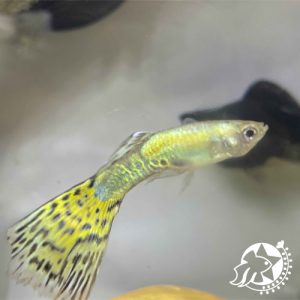Recognition:
Tuberculosis in fish, although rare in nature, is commonly seen in aquariums. Interestingly, in many cases, it is not a fatal disease.
Bacterial spores in the fish’s body form encapsulated nodules and will not change as long as the living conditions are suitable for the fish. If the fish becomes weak for any reason – which may be due to changes in water characteristics or disease – the nodules rupture and the resulting bacteria grow and develop. Then the effects of the disease appear and eventually cause the fish to die.

Symptoms:
Clinical signs of fish tuberculosis include loss of appetite, lethargy, progressive emaciation, and eventual death. In tetras, the development of yellow spots at the base of the caudal peduncle is the main symptom of this disease.

Treatment:
Treatment of tuberculosis in fish is similar to that of tuberculosis in humans. The necessary drugs should be obtained from veterinary pharmacies. Both types of drugs, Isoniazid and Rifamin, are effective in treating this disease.
Isoniazid should be added at a rate of 250 mg per 5 liters of aquarium water and the treatment should be continued for one month, preferably two months. Treatment can also be accelerated by adding rifamin to the food.
If 50 mg of rifamin is added to every 300 grams of fish food prepared from calf liver. The food is frozen and given to the sick fish daily, the disease will resolve faster.
Since it is possible to transmit tuberculosis from fish to humans, care should be taken when working with an aquarium containing sick fish to avoid cuts and wounds on the hands.


